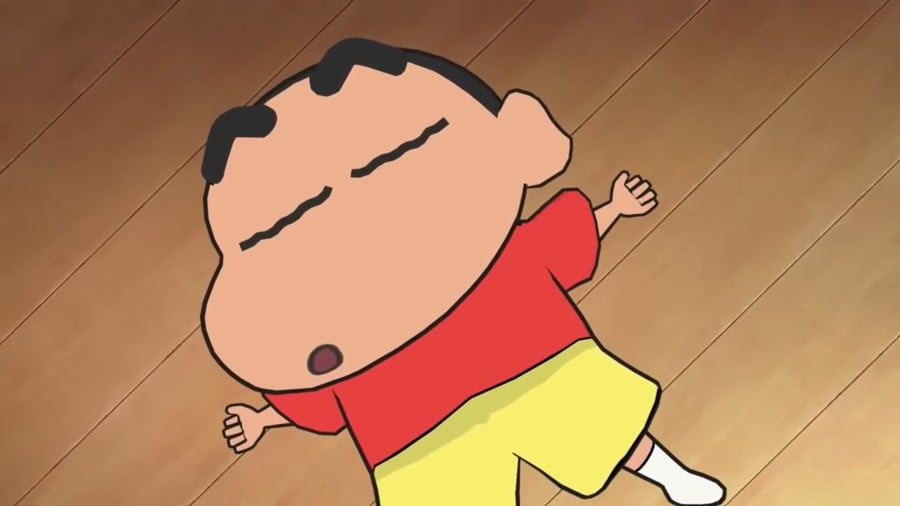
Back in the summer of 2022, the world of Crayon Shin-chan collided with Millennium Kitchen's My Summer Vacation series in a delightful, beautiful game with an unnecessarily long name. Shin chan: Me and the Professor on Summer Vacation -The Endless Seven-Day Journey- brought Kay Ayabe's long-running game series into contact with the celebrated manga and anime property starring the precocious five-year-old Shinnosuke "Shin" Nohara, creating a crossover that felt so right that it's amazing it didn't happen sooner.
The upcoming sequel, Shin chan: Shiro and the Coal Town, is a stunning-looking game that builds on the first's foundations and takes the titular rascal into an imaginary world for this summer holiday. It launched in Japan in February and recently won an Excellence Award for Visual Arts at CEDEC 2024.
 Watch on YouTube
Watch on YouTubeSubscribe to Nintendo Life on YouTube841k
We spoke with Mr. Ayabe recently in an enormous, career-spanning interview, and with Shiro and the Coal Town arriving in the West later this month, we recently got the chance to have Neos' Akira Nagashima answer some questions about the upcoming sequel...
Nintendo Life: We recently spoke with Kaz Ayabe about the Shin chan Summer Vacation games – could you tell us a little about how your collaboration with him on Shin-chan: Me and the Professor on Summer Vacation came about, and how you found the experience of working together?
Akira Nagashima (Planner, Writer, Director, Art Director, Producer): The mobile game we developed for kids, Otetsudai Daisakusen, became a global hit, which prompted us to move forward with a Crayon Shin-chan video game project. Initially, we considered action or party games like previous titles, but my long-standing respect for Boku no Natsuyasumi gradually shifted the concept into what it became. We also wanted to create a game that both kids and adults could enjoy. I sent a passionate proposal to Ayabe-san, hoping he would create the game, and thankfully, he accepted, allowing the Me and the Professor on Summer Vacation project to officially start.
As we worked together, I noticed that Ayabe-san, while curious like a child, is incredibly sensitive to the world around him. Even when we walk together, he focuses on things that most people overlook. I imagine he's constantly creating stories in his mind about why something is the way it is. He's someone who can design how people will feel. Ayabe-san had a great influence on the development of Shiro and the Coal Town, particularly in prioritising the player’s experience.
Mr. Ayabe told us recently that his involvement was more advisory the second time around ["So the first Shin-chan game; I feel like that is my game. But the second one that came out is the NEOS producer, Mr. Nagashima. It's completely his title. I feel like it's his game, and he's an excellent artist himself and able to create stories and stuff. I feel [Coal Town] is his thing. It's the arrival of a new rival. (laughs)"] – and your extensive list of credits on this game suggests as much! How big was the team that worked on Coal Town?
I’m very honoured by Ayabe-san’s kind words. As for the development team, about 80 people were working on the scenario, graphics, cinematics, and programs, around 40 in the art team, 15 in music, and with the licensors and support staff, the total came to about 150 people. It was a huge team of talented staff who supported the project with great dedication. I’m very grateful to everyone.






